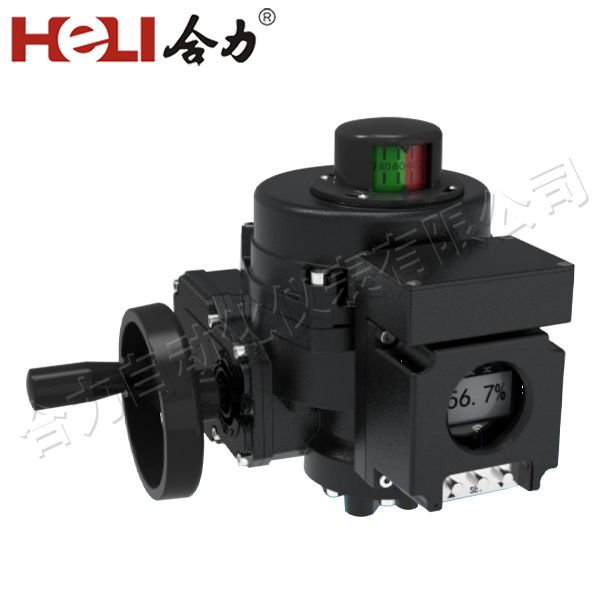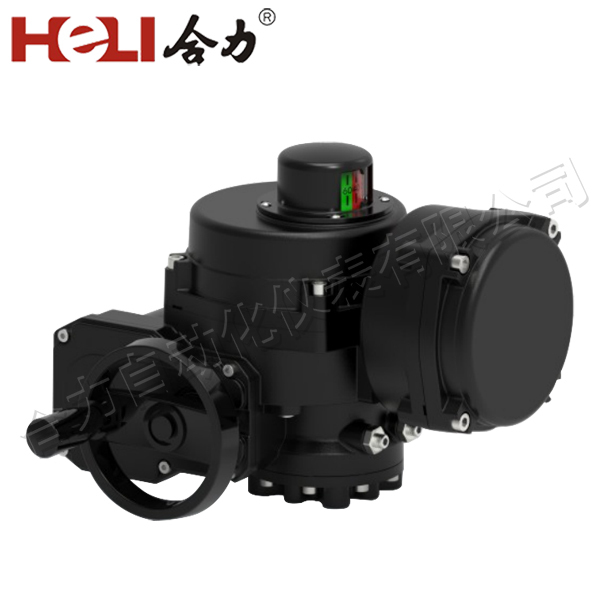As the world grapples with the pressing need for sustainable energy solutions, hydrogen energy emerges as a leading candidate in the transition to a greener future. Among the innovative applications of hydrogen energy technology, hydrogen energy electric actuators stand out for their potential to revolutionize various industries, offering a clean and efficient means of actuation. This article delves into the principles behind hydrogen energy electric actuators, their applications, advantages, and future prospects.

Understanding Hydrogen Energy Electric Actuators

Hydrogen energy electric actuators convert hydrogen fuel into mechanical motion through electrochemical processes. Unlike conventional electric actuators, which rely on electricity from fossil fuels or the grid, hydrogen actuators utilize hydrogen as a primary energy source. The fundamental operation of these actuators involves a fuel cell that generates electricity through the chemical reaction between hydrogen and oxygen. This electricity then powers an electric motor or actuator, producing motion to drive mechanical systems. The process begins when hydrogen gas is supplied to the anode of the fuel cell. Here, hydrogen molecules are split into protons and electrons. The protons move through a membrane to the cathode, while the electrons are routed through an external circuit, generating electric current. At the cathode, oxygen is introduced, and it combines with the protons and electrons to produce water and heat as byproducts. This cycle not only provides power but also generates minimal emissions, primarily water vapor.

Leave a Reply